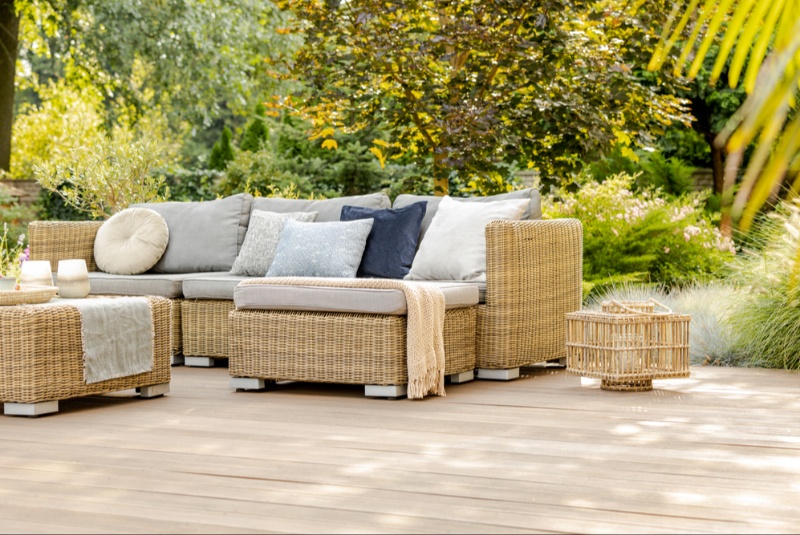Gardening is an activity beloved by many for its therapeutic, rewarding, and aesthetic benefits. However, gardening can also be a significant water consumer, thereby imposing an environmental impact. To alleviate this, gardeners can turn to sustainable solutions such as rain barrels. A rain barrel, a simple and effective tool, can harness nature’s bounty to both preserve water resources and provide optimal hydration for plants. This article provides a comprehensive guide on how to use rain barrels to collect water for gardening.
To start, rain barrels are essentially containers used to collect and store rainwater from roofs and downspouts for future use. In a time where water conservation is becoming more important than ever, using rain barrels can be an easy step towards a more sustainable lifestyle. The use of collected rainwater for your garden can not only reduce your water bill but also provide a healthier option for your plants. Rainwater is naturally soft, free from chlorine, lime, or calcium, and ideal for plants.
Choosing the right rain barrel for your needs is the first step. Rain barrels can range from simple DIY systems, typically made from plastic barrels or trash cans, to more intricate systems made from a variety of materials such as wood, metal, or ceramic. They can also vary in size from 50 to 80 gallons or more, and can be fitted with faucets, filters, and overflow valves to suit your specific needs.

The best location for your rain barrel is under a downspout. By diverting your downspout into a barrel, you can easily collect a significant amount of rainwater during a rainfall event. Remember to place your barrel on a solid, level surface to avoid any potential tipping when it becomes full.
One important consideration when using rain barrels is to ensure that you’re not unintentionally creating a breeding ground for mosquitoes. Make sure that your rain barrel has a tight lid or a mesh top to prevent insects from getting in.
To use the collected water for your garden, you can simply use a watering can, or attach a soaker hose to the faucet at the bottom of the barrel. It’s worth noting that rain barrels rely on gravity for water flow, so the water pressure will not be as high as your typical hose connected to a water outlet.
Despite the many benefits, there are some limitations to using rain barrels. They may not provide enough water for large gardens, especially during dry seasons. Also, some areas have regulations around rainwater collection, so it’s crucial to check with local ordinances before setting up a rain barrel system.
Maintenance of your rain barrel system is fairly straightforward. Regularly check for debris in your barrel and clean it out as necessary. During winter months, it’s recommended to empty your barrel to prevent damage from freezing water.
Using rain barrels to collect rainwater for gardening is a simple yet effective way to contribute to water conservation efforts. By implementing this sustainable practice, not only can you reap the rewards of a flourishing garden but also take part in the global movement towards environmental responsibility. The rain barrel is more than just a container for water – it’s a symbol of a conscious choice to garden in harmony with nature.




